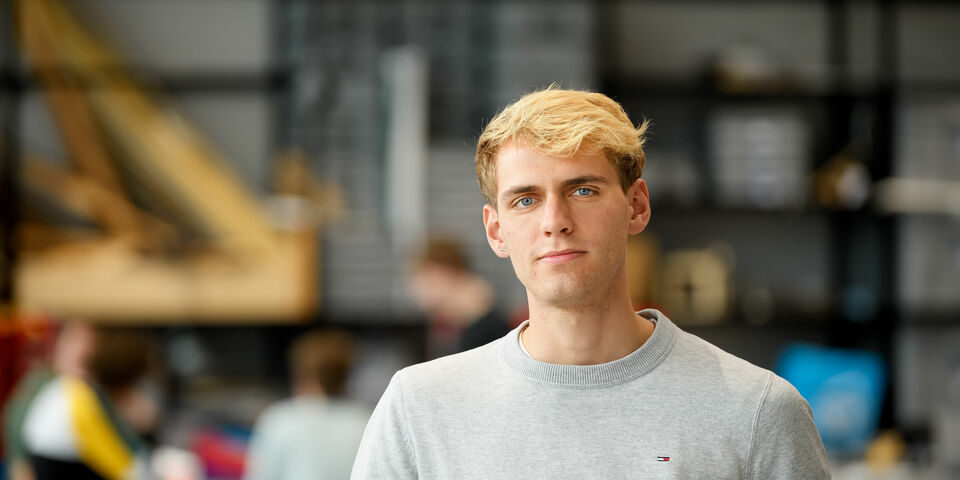Looking back on the future
When we think of Eindhoven at the beginning of the 21st century, we see a city that is still in its infancy. It had already expressed its ambition to become a major metropolitan area. In the end, that became a reality, but no one at the time could have imagined how that would eventually come about.
At the beginning of the 21st century, the Netherlands started a new battle against the water. Rising sea levels became an increasingly urgent threat. We thought that we could continue to raise our dikes and pump the water from our polders at an ever-increasing rate. That didn’t help, and the water kept coming. In the end, we had no choice but to surrender to the sea.
As a result, the Dutch landscape changed. The only thing left of the old coastline are the dunes, which form a new group of Wadden islands. In the meantime new dunes have developed along the coastline, which stretches from Breda via Tilburg to Nijmegen and further north to Groningen. Large parts of the west of the country are submerged. The Randstad region has literally drowned. The four major cities – Amsterdam, Rotterdam, The Hague and Utrecht – were swallowed by the water.
As a result, Eindhoven became our nation’s new capital. And that new status brought about a few changes. The former red, white and blue tricolor was replaced by a beautiful red and white checkered flag, and we exchanged our national anthem for that song during which everyone shouts “EIND-HOV-EN.”
It was a time of cultural friction. Many climate immigrants from the Randstad region moved to the new capital. ‘Those who came from the sea,’ as they were called, could hardly understand the Brabant dialect, the nation’s new official language. People flocked to trendy cafes and stood in queues to order their far too expensive oat milk cappuccinos, the only tangible reminder of their former lives. In the end, after much resisting, they managed to integrate, and they eventually took part in the national holiday week: carnival.
Eindhoven experienced further economic growth and Eindhoven Airport became the largest airport in the Netherlands. Since the coastline had eroded so far eastwards, the ministry of Water crisis ordered the construction of a new port that is destined to grow into the largest port of the remaining habitable part of Europe. TU/e had less competitors, because the researchers and students of TU Delft, which battled against the tide until the very last moment, were forced to join the remaining universities.
Meanwhile, life started to flourish again in those parts that were returned to the sea. The former Vinex suburbs became the new North Sea reefs, which host a wide variety of ocean species. The high-rise apartment buildings that pierce the top of the water make for a perfect resting place for migratory birds. And you can find some people there as well. Just as before, excursion boats can be seen floating through the flooded city centers, with tour guides pointing tourists’ attention to decaying canal houses as they explain how everything went so horribly wrong.
The thought experiment above was conducted as part of the recently held Climate Change Conference (COP27).


Discussion